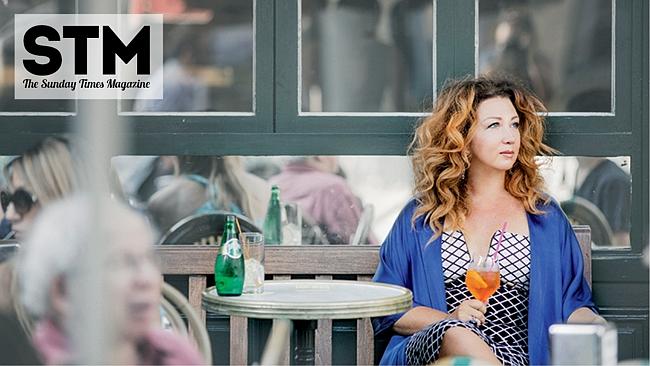London's new Soho
AWASH with trendy bars and soaked in London's bloody history Clerkenwell is the new Soho, says Margaret Turton.
JUST when you think you have a handle on most of London's hidden gems, another one emerges – in this case, the new Soho in the east.
Londoners make no bones about the rise of Clerkenwell, a few minutes' walk from the Old Bailey, London's Central Criminal Court. It is to the City what Soho and Covent Garden are to the West End, they say.
This unexpected outbreak of exuberance for a deeply unfashionable area – it's known as much for old slaughterhouses as it is for villains – coincides with the arrival of new businesses, in particular, media, PR and advertising, and the trendy restaurants and bars that quickly followed. These, in turn, brought more people to Clerkenwell and provoked the area's rediscovery.
Unlike many other parts of London, this one came through the Nazi bombing blitz of World War II pretty much unscathed. Same goes for the Great Fire of London in 1666.
So, apart from general wear and tear, here you have a rare peephole on Norman, Tudor and Dickensian London that is lost elsewhere. And it's all to be found just outside the boundaries of the so-called Square Mile: the area that formed the core of the original walled City of London.
To this add Leftist London and Lenin. Clerkenwell Green, a quiet corner resembling a village green, is home to the Marx Memorial Library where Lenin edited the Bolshevik paper, Iska.
Leftist ideas and printing presses once permeated the area and the Guardian newspaper on Farringdon Rd serves as a reminder.
Printing houses also operated in churches, one example being the Priory Church of St Bartholomew where Benjamin Franklin worked at a printing press in 1725.
The stonework of the Gatehouse of St Bartholomew's dates from 1240 and this is surmounted by London's earliest surviving half-timbered Tudor building. It all looks familiar from scenes in the movies Four Weddings and a Funeral and Shakespeare in Love.
Selling bodies to medical students
When I visited the church, Exquisite Pain, a modern bronze of the Christian martyr – he was skinned alive – held pride of place at the end of the south aisle.
This church is lauded for curative powers, owing to a miraculous recovery on the part of its 12th-century founder, Prior Rahere, whose prayers to the saint were apparently answered. Forever grateful, Rahere built a hospital, also named for St Bartholomew. Better known as St Bart's, it's another local landmark.
In 1305, Braveheart Wallace was hung, drawn and quartered thereabouts, an event that received top billing at Bartholomew Fair, a medieval carnival held along the street that is still called Cloth Fair. A plaque on the wall of St Bart's recalls the event.
Also on Cloth Fair, an 18th-century pub, the Rising Sun, was once the bolthole of grave-robbers who sold bodies to St Bart's medical students.
In Arthur Conan Doyle's novel, A Study in Scarlet, Sherlock Holmes meets Dr Watson in the pathology department of St Bart's. Today it's a renowned teaching hospital.
A meal and pint at 5am
Up until 1855, livestock were driven through Clerkenwell to Cowcross St to be slaughtered and sold at Smithfield Market, site of a meat market since the 12th century and nowadays the biggest one in Europe. In a magnificent Victorian structure, sales take place at night – the reason why you can legally order a meal and a pint there at 5am.
Clerkenwell always operated outside the square. Free from the constraints of the walled City, prostitutes and tricksters congregated freely and the area was colloquially known as "the Rookery".
Charles Dickens used it as a backdrop and Smithfield Market is specifically mentioned in Great Expectations and Oliver Twist.
Not surprisingly, in an area of butchers and doctors you'll find some unusual eateries – St John, known for nose-to-tail eating; Comptoir Gascon, foie gras specialist and best-in-London award winner for their chips cooked in goose fat; The Eagle, a spit-and-sawdust gastropub; and Brindisa, known for Spanish ham air-dried for four years.
Taken from the Sunday Herald Sun.



